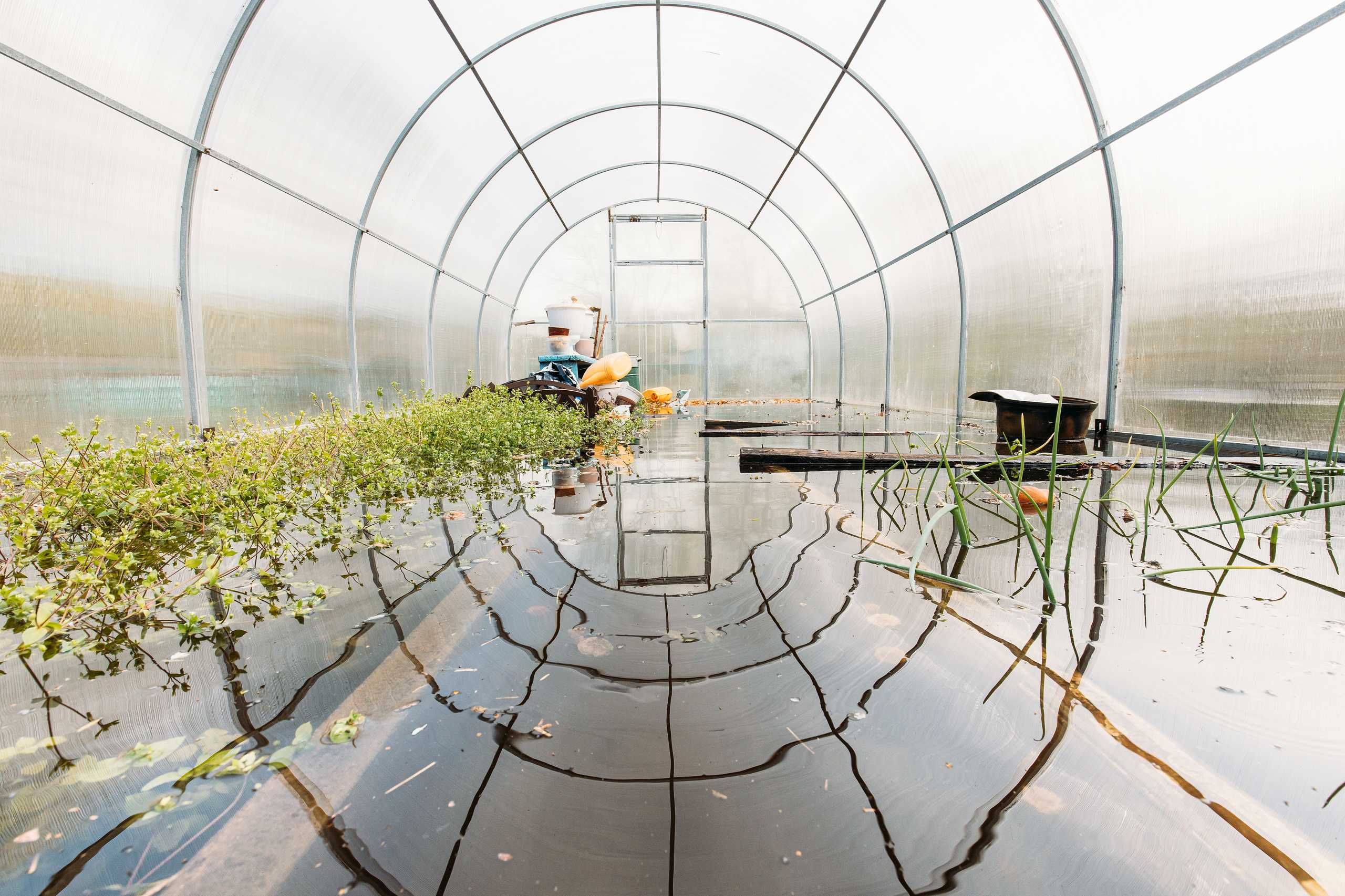Understanding Greenhouse Microclimates
Every greenhouse creates its own microclimate, a unique environment that differs from the outside weather. Managing this microclimate effectively is key to plant health and productivity. Temperature, humidity, and airflow all interact, influencing growth patterns and flowering cycles.
- Temperature Zones: Different plants thrive in distinct temperature ranges. Installing thermostats or heaters helps maintain consistent warmth for sensitive species.
- Humidity Management: High humidity can encourage lush growth, but excessive moisture promotes mold. Use fans, vents, or humidifiers to balance levels.
- Air Circulation: Gentle airflow prevents stagnation, reduces fungal risk, and strengthens plant stems.
Heating and Cooling Techniques
Greenhouses must be prepared for seasonal changes. Understanding various options allows for year-round productivity.
- Passive Solar Heating: Use materials that store heat during the day and release it at night.
- Electric or Gas Heaters: Provide reliable warmth during cold spells.
- Shade Cloths and Ventilation: Reduce overheating in summer by controlling sunlight exposure and allowing hot air to escape.
Watering Strategies for Optimal Growth
Efficient irrigation ensures plants get the right amount of water without waste. Drip irrigation systems, self-watering containers, and rainwater collection can save resources while keeping plants healthy.
Monitoring and Automation
Modern greenhouses benefit greatly from technology. Automated sensors track temperature, humidity, and soil moisture, triggering adjustments automatically. This reduces manual labor and ensures ideal conditions consistently.
By mastering climate control, gardeners can extend growing seasons, increase yields, and create a thriving greenhouse environment that adapts seamlessly to changing weather.

